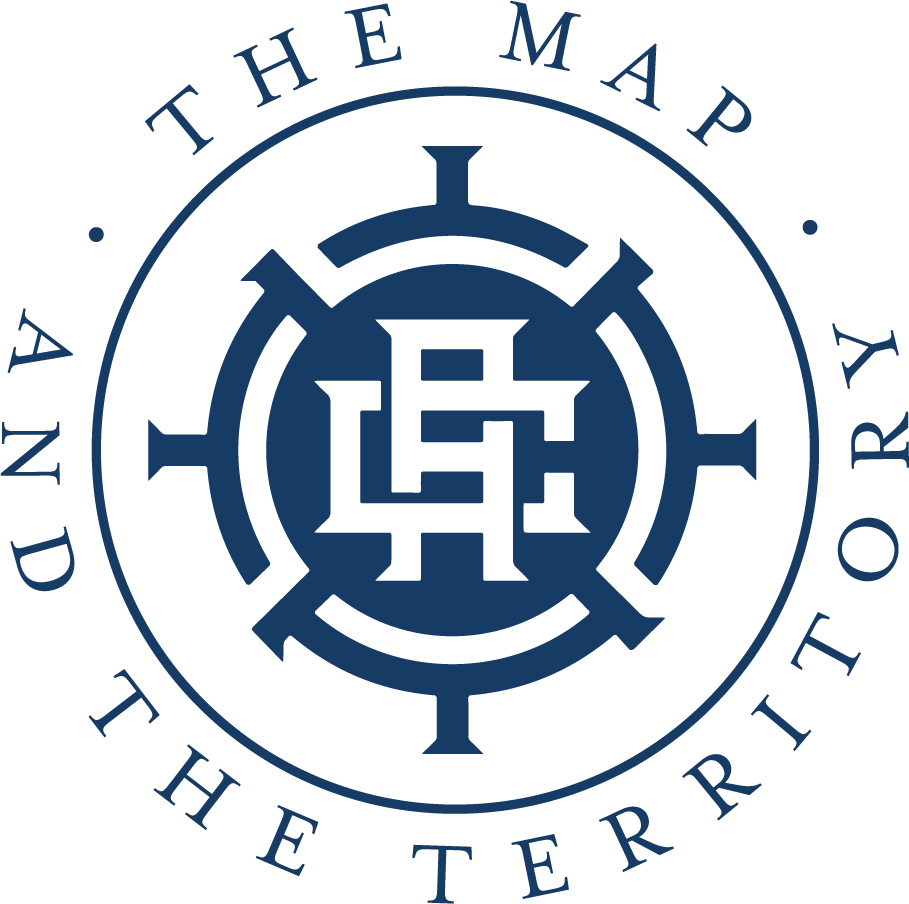Finding Calm—Navigating through Challenging Times
“Stop trying to calm the storm.
Calm yourself, and the storm will pass.”
—unknown
“VUCA” is a term that was coined about 15 years ago which was meant to explain the world emerging around us. VUCA stands for volatility, uncertainty, complexity, and ambiguity. Simply by reading today’s headlines, there is evidence everywhere that we are indeed living in a VUCA world. Now what?
I don’t know about you, but sitting too long in this paradigm begins to unnerve me, and renders me less capable of handling the immediate needs at hand. So whether the times we are navigating are any more volatile or uncertain, the mandate remains the same … we must lead. In other words, we are here to create, amidst all types of terrain, whether choppy or smooth, to bring forward something more clear, purposeful and of use to the world.
In this blog, we’ll deep dive into what it takes to lead in all climates—as part of our own growth and the growth of our team.
Navigating Ambiguity
Michael works for a biotech company and oversees a team of five. His organization, with around 400-500 employees, is deep in the process of bringing a clinical drug to market—a Herculean task spanning months, if not years. It’s a high-stakes, ambiguous environment where no one can predict if they’ll hit their marks. Despite the uncertainty, work must get done.
Michael is able to stay calm in the face of ambiguity, but his team is struggling. One team member, Teresa, is particularly overwhelmed. She demands clarity and struggles to navigate the inherent uncertainty of the project. Michael feels her frustration, yet he’s been unsure as to how he can lead her through this (seemingly personal) challenge.
In my coaching with Michael, I encouraged him to shift his perspective. Rather than seeing Teresa’s struggle as her personal issue, I asked him to consider this:
Your team’s capacity to lead, through ambiguity,
is also your responsibility.
As leaders, we’re often conditioned to equate professional development with skills training or technical proficiency. Yet in this new world of constant change and challenge, leadership development must take center stage. This means supporting your people not just in what they do but in how they do it.
Teresa’s demand for certainty in an uncertain environment was holding her back—and Michael could use this opportunity to help her grow. Together, we explored how Michael could:
Foster conversations about growth. By making leadership development an ongoing dialogue, Michael could help Teresa slow down, reflect, and see how her reactions were limiting her effectiveness.
Lead by example. Michael needed to model steadiness, demonstrating how he navigates ambiguity with clarity and intention.
Invest in leadership as a practice. Leadership isn’t innate—it’s a skillset and a mindset that strengthens through practice. Michael recognized that by prioritizing leadership development year-round, he could build resilience in his team, rather than waiting until challenges became crises.
Leadership Development Matters Now More Than Ever
Leadership is a choice. Whether in crisis or calm, leaders must decide if they’re going to prioritize the development of their people. Ignoring it only prolongs challenges, while proactive investment pays dividends—increased confidence, greater effectiveness, and stronger results.
To thrive in a VUCA world, leaders must:
Focus on the how and who. Leadership isn’t just what you do—it’s how you do it.
Make leadership development non-negotiable. Growth should be part of the ongoing conversation, not a reaction to immediate issues.
Lead yourself first. Your ability to navigate VUCA sets the tone for your team.
When uncertainty is the only certainty, how will YOU choose to lead?
Find this helpful? Share with your colleagues!


